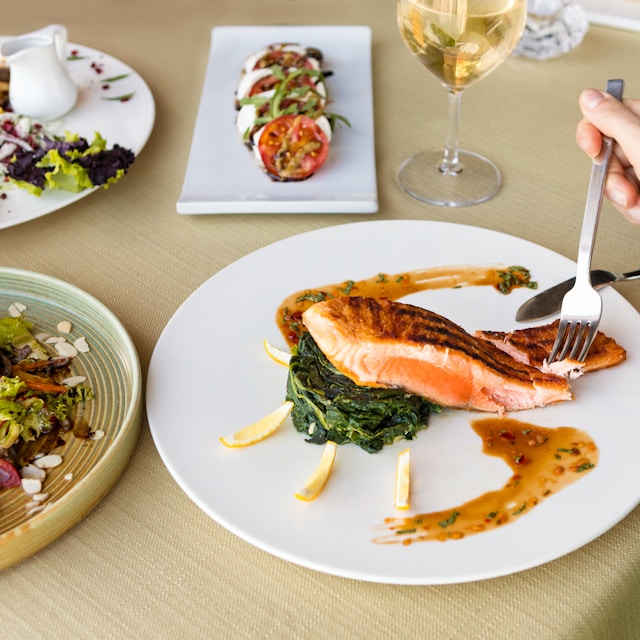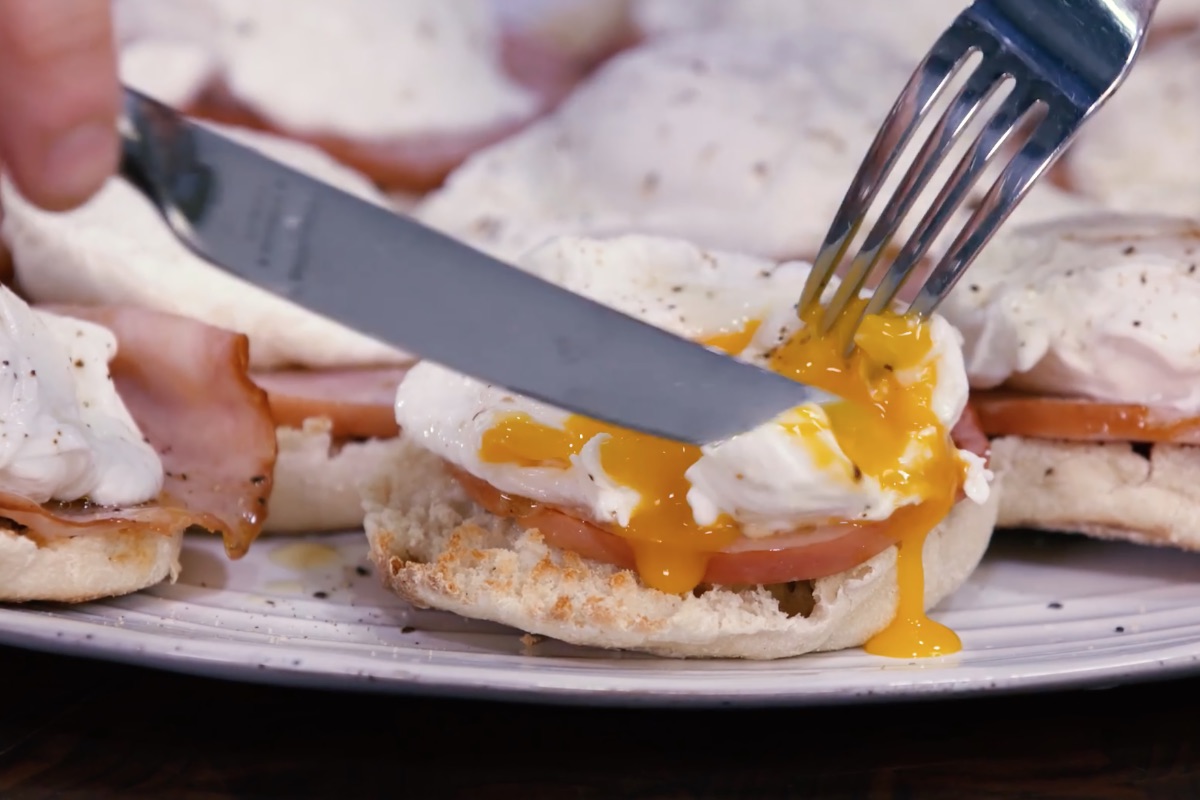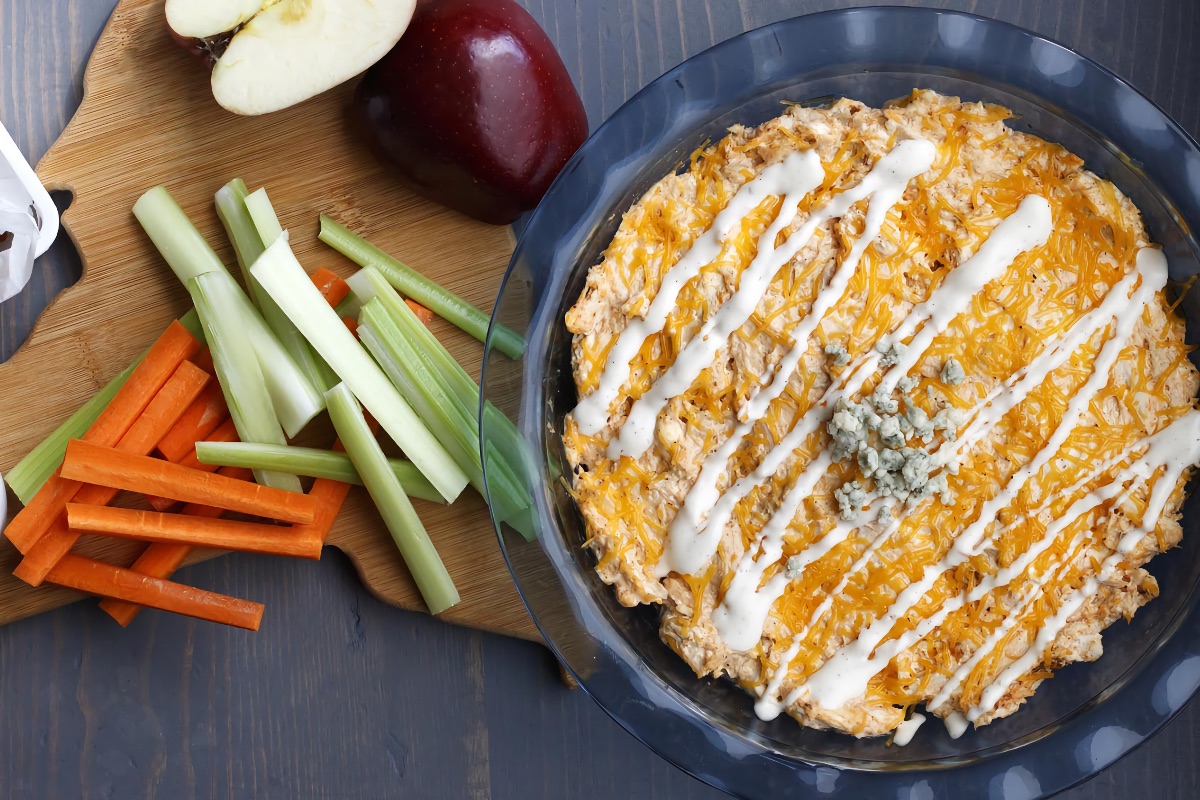Flaky, flame-kissed salmon straight off the grill is the pinnacle of summer. This versatile protein is ideal for grilling — it’s quick-cooking and pairs well with seasonal produce like corn and tomatoes. Plus, salmon fillets are available at almost every grocery store and seafood market around the country. Here’s everything you need to know to cook salmon on the grill at home.
What type of salmon is best for grilling
King and sockeye salmon are both great options for grilling. King salmon fillets are thick and have a rich, buttery flavor. The high fat content of king salmon makes it excellent for grilling because it’s less likely to dry out. Sockeye salmon on the other hand has a more meaty and firm texture. Fillets from sockeye salmon have a deep reddish orange color and are thinner than king salmon fillets
When purchasing salmon, always opt for skin-on fillets, even if you don’t want to eat the skin. Ian Kirouac, President of Lummi Island Wild, a wild reefnet fishery in Bellingham, Washington, is a big proponent of skin-on fish. “Every now and then we get a request for skinless salmon — hearing this is like nails across a chalkboard,” says Kirouac. While he admits he doesn’t always eat the skin, Kirouac is adamant about cooking the fish with the skin on. “Salmon lovers know that the layer of heart-healthy fats next to the skin tastes great and are only available from skin-on salmon. The skin also provides nature's own cooking vessel — helping to protect salmon from overcooking and drying out,” he adds.
What tools do you need
The beauty of grilling salmon is that it requires very few tools. While any spatula will get the job done, a thin and flexible fish spatula makes it easy to slide underneath the delicate salmon fillets and flip them. If you are grilling a whole side of salmon, it can be helpful to have two fish spatulas to help maneuver the large slab. To ensure juicy, perfectly cooked fish every time, use an instant-read meat thermometer to gauge the fish’s doneness.
Photo by Farhad Ibrahimzade
How to grill a side of salmon
Preheat a gas or charcoal grill for indirect cooking to medium-high (400°F to 450°F). Season the flesh and skin side of a three-pound side of salmon with salt and pepper, or your desired seasonings. Clean the grill grates and oil them with a neutral cooking oil, such as canola. Place the side of salmon, skin side down, over indirect heat. Cover the grill and cook the salmon, undisturbed, until the skin is lightly charred and an instant-read meat thermometer inserted into the thickest part of the fish registers 120°F for medium-rare, 18 to 24 minutes. Transfer the salmon, skin side down, to a serving platter and let it rest for 10 minutes. Serve the salmon topped with a citrus-olive salsa or flake the fish into large pieces and pile over a summery Cobb salad.
How to grill salmon fillets
Preheat a gas or charcoal grill to medium-high (400°F to 450°F). Season six-ounce skin-on salmon fillets, sometimes labeled salmon portions, all over with salt and pepper, or your desired seasonings. Clean the grill grates and oil them with a neutral cooking oil, such as canola. Place the salmon fillets, skin side down, on the grates. Cook the salmon, undisturbed, until the skin is lightly charred, four to six minutes. Flip the salmon fillets and grill, flesh side down, until an instant-read meat thermometer inserted into the thickest part of the fish registers 120°F, two to four minutes. Remove salmon from the grill and let it rest for five minutes. Serve the perfectly cooked salmon fillets with a tomato salad, succotash, or this Ginger and Scallion Soba Noodle Salad.
This article was written by Paige Grandjean from Food & Wine and was legally licensed through the DiveMarketplace by Industry Dive. Please direct all licensing questions to legal@industrydive.com.









